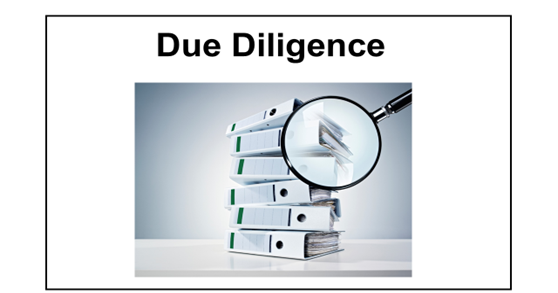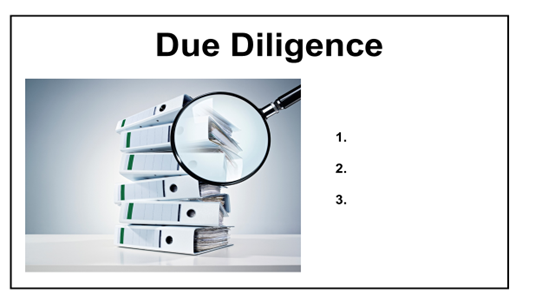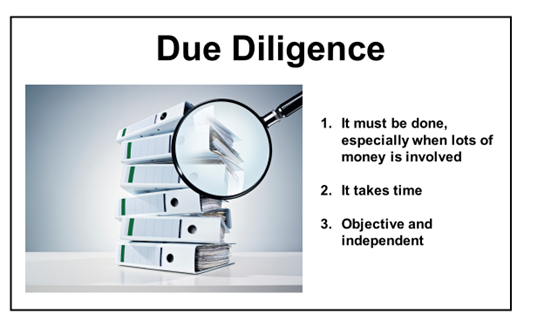Reflection, or active listening, is a therapy tool all of us eager psychology grad students learned in Week 1. A client reveals a feeling and the therapist repeats it back in her/his own words. This gives the client a chance to experience the message from outside themselves, letting them see how they are being perceived, letting them know that someone cares enough to listen. In therapy, active listening creates a bond between the client and the therapist. It may be the first time they felt like someone cared.
Jurors want to know they are being heard, too. Attorneys want to create a bond. Can active listening work in the courtroom?
Wait: Jurors aren’t allowed to talk during trial and, even if they did somehow burst out, attorneys certainly cannot reflect anything back to them. So, when IS the only time a juror and attorney can interact? –During voir dire.
Certainly, active listening is a great voir dire technique. You ask, “What is anyone’s view on doing research on a product you might want to buy?” Some brave juror says, “Well, it depends on how much the product is. The more it costs, the more I want to research it.” The “active listening handbook” [I think it is on page 3 or 4] would then have the attorney reflect that thought back with something like, “So, there is some connection between price and the amount of research?” This type of reflection routinely leads to 1) the juror elaborating on their answer, and/or 2) other jurors chiming in with agreements, disagreements, or other nuances. In the end, one simple reflective statement elicits lots of good juror information and begins to show jurors you care about their thoughts.
But, wait, there’s more! Through collaboration with some excellent trial attorneys, we are currently engaged in a little experiment for extending active listening from voir dire into the opening. This is happening in three steps:
Step 1: the Voir Dire Topic Board. Instead of just talking during voir dire, jurors seem fascinated by a big foam board on an easel with a simple title and a simple image. This lets them know the topic at hand and gives them a stimulus to look at and reflect upon before speaking. It, in itself, is very engaging. Below is an example of a topic board on the “Due Diligence” topic:

. . . the image is simple, non-leading, interesting
Step 2: Noting Juror Responses. As the jurors respond to the topic board during voir dire, your co-counsel, paralegal, trial consultant, assistant, and/or spouse-friend-neighbor takes notes on things said by jurors that fit your case theme. Prior to court that morning, though, your graphics person who built your Voir Dire Board ALSO built the PowerPoint opening slide that will address “Due Diligence” in your opening. When they did that, they left three open spots on the slide. It looks like this:

Step 3: Active Listening magically appears in your opening! In the break between voir dire and opening, you quickly select the three most salient statements that jurors made about this topic and you insert them [in your own words] into the three blank spaces you created for your opening slides. It looks like this:

Jurors now know they were heard. They somehow feel they have contributedto the very argument you are going to make. You have created a bond between the jurors and your themes.
“You took the words right out of my mouth.” “Yeah, that’s what I would have said!” “My thoughts exactly!” “We think a lot alike!” “I shoulda gone to law school!”
Pick one or two important topics and try this in your next trial.
Share This Story, Choose Your Platform!
Click below to add your email address to our mailing list and receive the latest Persuasion Tips right in your inbox!

